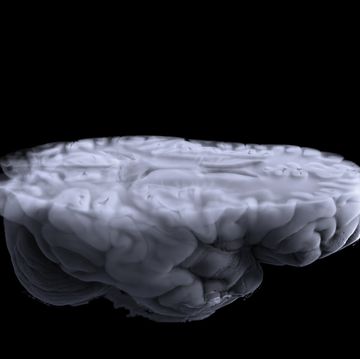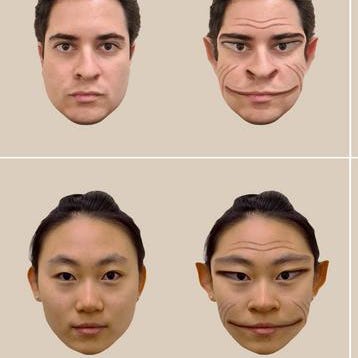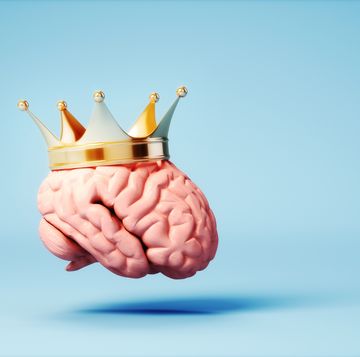Have you ever wondered how your brain chooses to act on the things you see and hear? We’re exposed to a lot of sensory information every second of our lives, and somehow our brains make sense of that information and plan out actions and tasks to carry out. It’s all due to complex interactions between the sensory regions of our brains and something called the premotor cortex, and a group of scientists recently figured out how to bypass that interaction and implant thoughts into the premotor cortex directly.
If you see an object, that information gets sent to the part of your brain that processes visual signals, known as the visual cortex. From there, the information is sent to the premotor cortex, which plans out how you’re going to react to it.
But a group of scientists at the University of Rochester wanted to see if they could skip the visual cortex and implant signals directly into the premotor cortex. If they could figure out how to bypass the visual component, medical scientists could help people who suffer from strokes or other brain damage that can destroy pathways from the visual cortex to the premotor cortex.
In a new study published in the journal Neuron, the researchers finally succeeded—at least in rhesus monkeys. In their study, the researchers attached electrodes to two monkeys’ brains which could send a signal directly to the premotor cortex.
After training the monkeys to pull a lever, push a button, or spin a knob after seeing a corresponding LEDs light up, the researchers replaced the lights with signals directly from the electrodes. They found that they could still get the monkeys to perform the right task even without a visual signal by stimulating the premotor cortex directly.
This experiment was pretty simple, using only a few electrodes, but in the future we might be able to send signals using clusters of thousands of electrodes, enabling much more complex commands. People with damage to their neural pathways may someday be able to use this tech to improve brain function, bypassing the damaged regions and sending signals directly from one healthy part of the brain to another.














